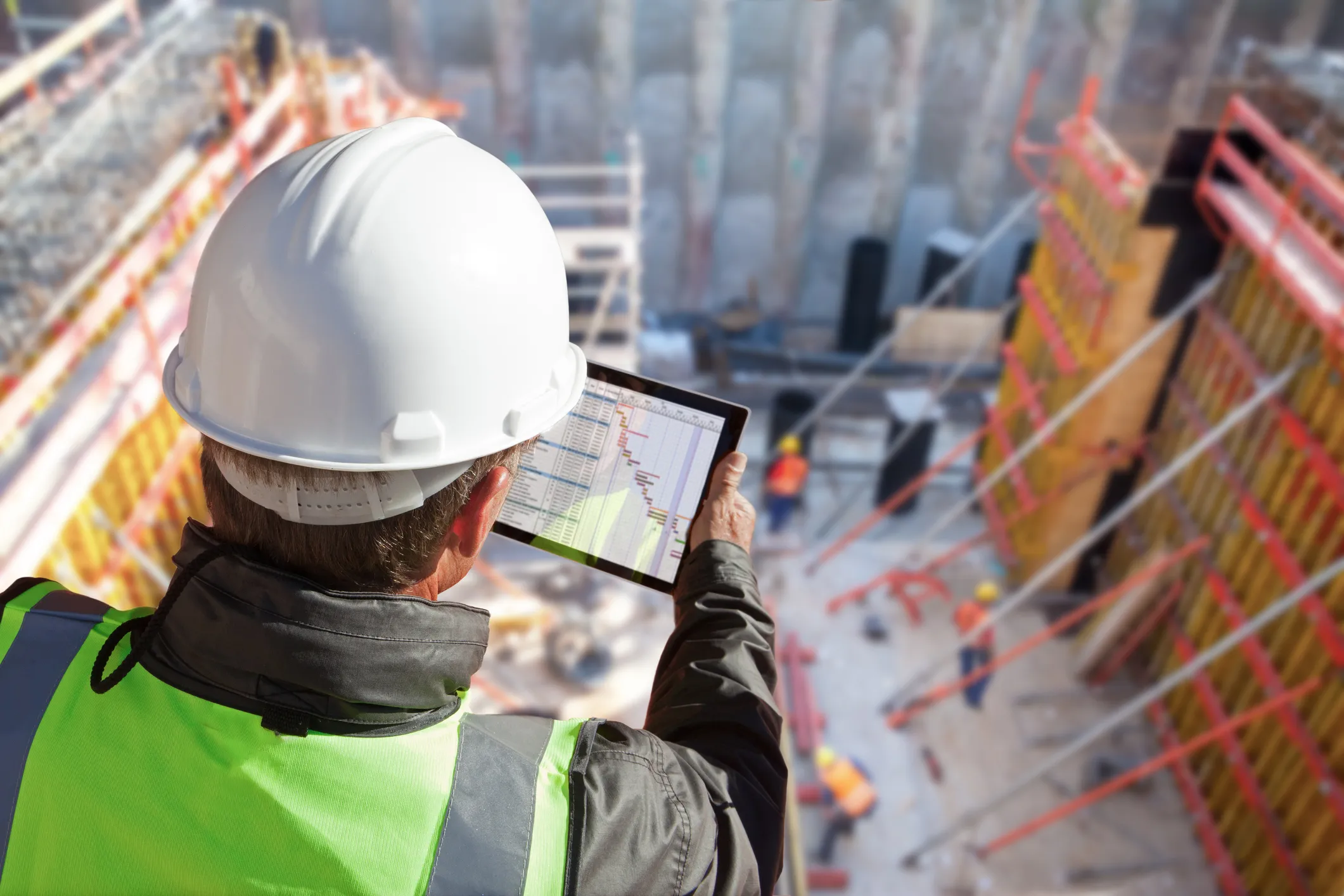New construction technology in 2024
Construction Accident - January 18, 2024 by Horwitz, Horwitz & Associates
The construction industry is still reeling from pandemic-era supply chain and labor shortage issues. Is technology the answer?
These top trends in construction technology can help address these concerns. With nearly 40% of U.S. construction workers planning to retire in the next 10 years, adopting new technology in construction to balance the lack of manpower is even more crucial.
However, with any new construction technology comes an element of uncertainty. Construction industry business owners need to understand the benefits of these developing technologies and the potential risks to their workforce.
If you’ve been hurt in a construction accident because of failed technology or improper training, speak with a Chicago construction accident attorney from Horwitz, Horwitz & Associates about your legal options.
Computer-assisted construction and prefabrication
Artificial Intelligence (AI) affects every aspect of the construction industry, from bidding to architecture, phase planning, and risk assessment analysis. It can also be used for prefabricated construction and offsite assembly. 3-D printing and other robotics-assisted tech can help site owners adjust to the reduced labor force.
Although prefabrication often improves the efficiency and quality of construction, there are concerns. Transportation of large pieces to the job site may carry more risk, which the site owner and manufacturer may need to assume.
However, an indoor prefabrication manufacturing facility often means safer working conditions for employees and less chance of a weather-related accident.
Remote job site management
Along with a labor shortage of line-level trade workers, the construction industry also sees labor shortages for foremen, supervisors, and contractors. Many site managers can’t always be on the job site, but technological improvements can help site managers monitor progress and observe worker safety. With imaging technology, site managers can cover much more ground, opening them up to supervise multiple projects.
Drones are popular for inspections in hard-to-access areas, including second-story floors and beyond, or even inside walls or underground. New technology may create 3-D topographic models and high-resolution site images in real-time. Not only can the construction manager evaluate the progress and safety of the structure, but they can also share updates with stakeholders.
Construction wearables may be placed on the personal protective equipment (PPE) workers use or on the employees themselves. The sensors use GPS technology to track the location of each worker and biometrics to prevent accidents. For example, a wearable can document a slip-and-fall or fall-from-height accident. Some can even detect the presence of hazardous chemicals or fumes or measure dust saturation levels, which can cue the worker to evacuate the site or don specific PPE.
Automation and robotics
Automating certain tasks can reduce the chances of a repetitive motion injury. Repetitive motion injuries are common on construction sites, as are strain injuries from lifting heavy, unwieldy objects.
Robots on job sites can assist with heavy lifts, saving the workers’ bodies and reducing the need for extra hands for certain tasks. This technology aims to address labor shortages and reduce injury. Robotic technology may be used for typing rebar, for example, or brick-laying. Workers can focus on more complex tasks or supervise the robot to ensure quality control.
Proponents of robotic technology on construction sites note that robots can improve the quality of the work, as the robot may be programmed to produce consistent results. Humans, on the other hand, may be more susceptible to error. Fewer defects can save money for construction site owners and make the finished structure safer.
Potential risks of new construction technology
Technology can only go so far. Construction sites still have the same physical dangers, like the risk of falling objects, electrocution, burns, or injury from heavy equipment. And although technology promises improved worker safety and can shore up the lack of workers in many cities, it’s still not ubiquitous.
Robots, automated drones, and even prefabs integrated with on-site construction may be prohibitively expensive for many smaller construction companies.
Once the equipment arrives on-site, there’s still a learning curve, so accidents are more likely until the workers are fully trained.
Finally, although technology has many benefits, it’s also a flawed solution. Any malfunction of the robot or the software could cause injury to the operator or people who depend on it. Reliance on remote supervision alone may make a foreman or inspector blind to problems in the structure that only a physical inspection could detect.
Any flaw in the technology or malfunction in the machine comes with a risk of injury or even death.
Have you been injured on a construction job site?
Whether you’re an employee, subcontractor, vendor, or site visitor, you risk serious injury on a construction site – even one equipped with the latest technology and safety gear.
If you’ve been hurt, a Chicago construction accident lawyer from Horwitz, Horwitz & Associates can help you get a fair settlement for your losses. Contact us today at (800) 985-1819 for a free consultation.



